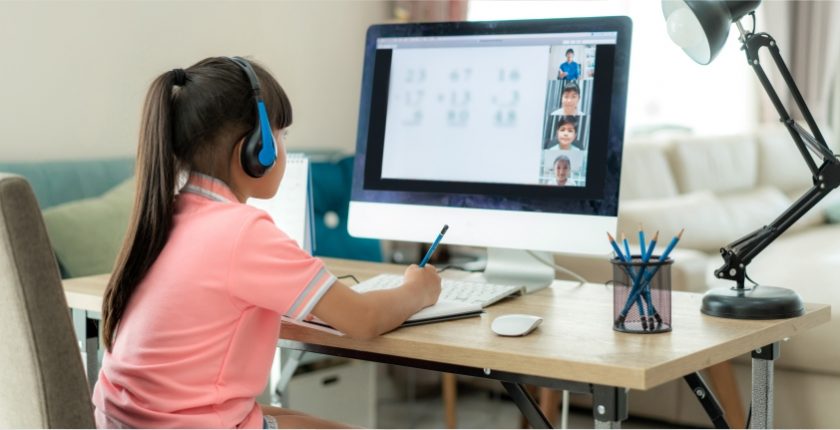Instructors and students are flocking to the online learning system, which offers several advantages such as flexibility and simplicity in studying. Because of the flexibility and convenience of online learning, learners may gain new abilities and improve their education no matter where they live.
However, digital fatigue is unavoidable without face-to-face engagement and classroom involvement. Online learning may be alienating for both students and educators.
To foster a feeling of community in an online learning system, you must encourage more significant interaction between you and your students, as well as between students among themselves.
This post will look at numerous techniques for increasing human connection in your online classroom and some of the benefits you may enjoy from it. Let’s get started.
What are Some Suggestions for increasing Engagement in an Online Learning System?
Here are some ideas for boosting engagement in online courses.
- Implement real-time interactivity.
When online classes are entirely asynchronous, there is typically little contact between you, your students, and class members. The lag in response time breaks the pace of back-and-forth conversation and can occasionally lead to misunderstandings.
Integrating real-time interaction chances into your online course can assist in changing that and establishing a feeling of community in a course. You can utilize web conferencing software or set synchronous contact options such as small group discussions and study groups.
- Increase engagement through non-task interaction.
Non-task interactions are activities that are not directly related to learning but contribute to forming a supportive learning community. You can facilitate non-task interaction using social networking tools such as chat and web conferencing.
Students can use this capability to form particular interests or study groups. If your classroom management system cannot allow a social network, you may still construct one with a private Facebook page or messaging tools like Slack.
- Use a variety of communication tools.
To increase and improve student engagement and involvement, establish a program-wide social network that enables students to maintain relationships between courses.
Instructors and support staff can use direct communications and live events to increase program participation through this channel. Aside from these social networking sites, students may connect in real time using Skype and Google Hangouts.
- Create attractive discussion boards.
In a regular classroom, only a tiny fraction of students participate in the debate. You may organize your discussion in an online setting so that everyone contributes. Creating open-ended conversation topics is one way to foster more significant interaction. You might also manage student-led discussion sessions.
- Make a strategy around the tool.
From a pedagogical perspective, the effectiveness of a technology tool depends on how you can use it. When relocating a face-to-face course online or developing an online system from scratch, consider how the interaction will support the learning objectives of your study.
By boosting the potential for interaction in your online classrooms, you can take an already fantastic learning opportunity and elevate it for all your students.
Important: NEET PG Preparation: 6 Tips For A Good Rank
What Role does Social interaction Play in Online Learning?
The following are two forms of online learning interaction and their significance:
Interaction between Students
Social interaction in online learning allows students to communicate ideas on many subjects with one another, particularly in student-led online conversations, which often stimulate more excellent knowledge and provide intriguing personal applications of course themes.
Online group work also allows students to communicate with one another. Instructor technology is accessible to provide students with a virtual area to meet online. This engagement with others prepares students for an essential component of life beyond graduation, such as networking.
Student-to-teacher interaction
A sustainable connection between students and teachers is one of the pillars of good online courses. Instructors communicate with students through course-related discussion boards, instant messaging, and other learning activities.
Students contribute to the learning process by participating in online discussions and submitting course-related materials to teachers. Throughout their study session, students have several opportunities to engage with teachers.
Students are free to discuss their personal experiences and academic achievements. Such perspectives contribute to course knowledge and understanding, as well as advice to instructors on how to enhance course delivery.
Conclusion
Every learner has a unique learning style, and retaining social connections through online learning is the best method for students to develop and prepare for future employment.



